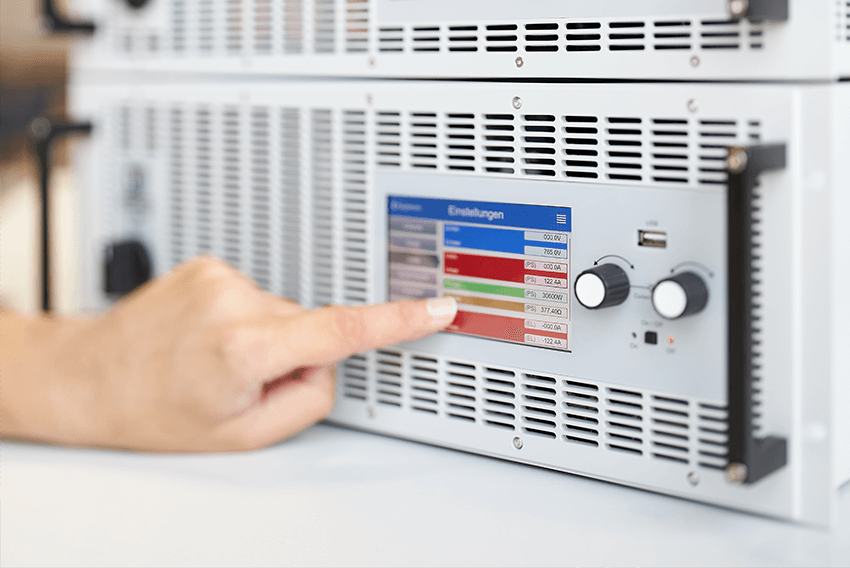#statusMessage#
Do you want to start the compare now?
#statusMessage#
Do you want to start the compare now?

Our electromagnetic environment is heavily burdened due to the multitude of transmitters and sources of interference pre...

Automated test and measurement systems that are fully connected with instrumentation and test data can significantly inc...

Temperature is one of the most common risk factors in industry. Overheating can disrupt processes, reduce quality or cau...

Electric vehicles are the future - but what happens to the batteries when they can no longer be used in cars? Efficient ...
Manufacturer number: P2102A-2X-BNC
Picotest's P2102A PDN probes are precision passive "browser" transmission line probes that support a variety of measurements including impedance (1-port reflection, 2-port series and shunt-through), 3-port voltage /current, step load, ripple, noise, TDT/TDR, PCB resonances, clock jitter and non-invasive stability measurement ("NISM"). The probes have some key advantages over active probes and other types of passive probes.
The high-bandwidth, fixed-spacing probe tip enables accurate measurements on a wide range of component and connector sizes. It eliminates the need to solder SMA or coax cables to your PCB, reducing the risk of damaging fine copper pads or pulling out small components. You can establish connectivity to circuit boards and devices without connectors.
The probes can be used for browser-style measurements. If you e.g. For example, if you have multiple power rails on your board, the small form factor and easy probe tip placement allows you to quickly browse the controller outputs and decide which rails need further investigation. Coupled with NISM, you have a powerful tool to assess the stability of multiple power sources, regardless of physical configuration.
The Picotest Browser Probe P2102A is available in different versions. In addition to the variant presented here with 100 ohms, 2x attenuation and BNC connection (P2102A-2X-BNC), you can also get the P2102A:

Network analysis is used, for example, in stability tests, to characterize components or to measure the frequency respon...


